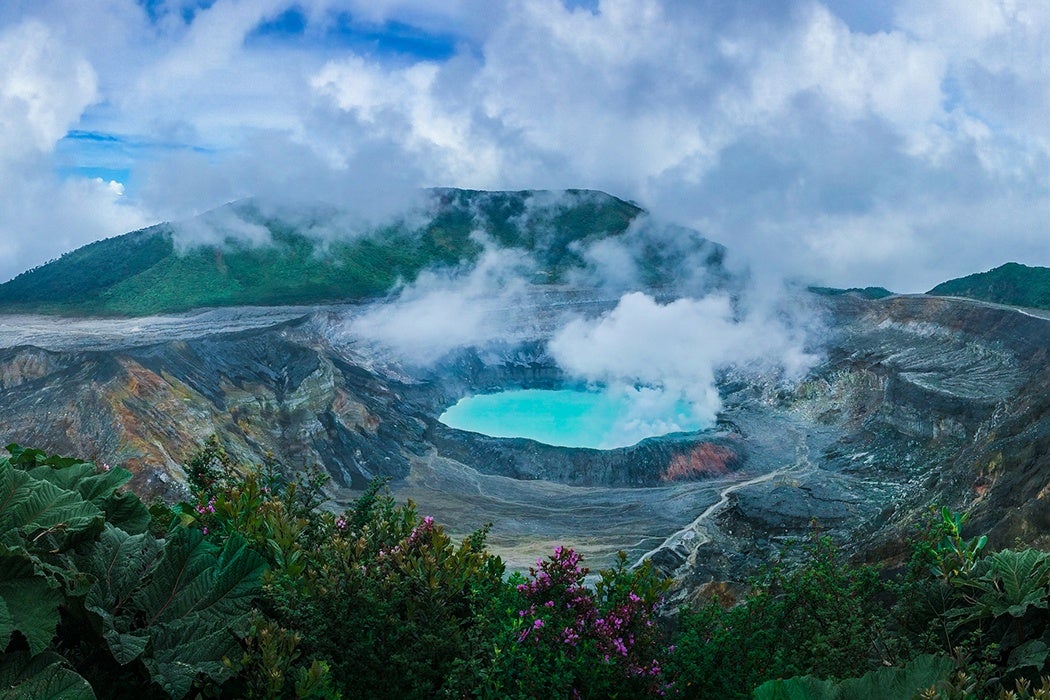Winter is here, and cold days have many of us planning (or just dreaming about) tropical travel. Take a five-minute vacation right now, and read up on some of the fascinating history of Costa Rica.
With beautiful beaches, lush rainforests, and a mountainous interior, the country of Costa Rica has something for everyone. Tourism in the tiny Central American country has been on the rise since the mid-90s, and the tropical country has become a favorite for expats. But Costa Rica was a haven for visitors long before it became a major tourist destination. A 1917 essay from Lotus Magazine extols the virtues of the country’s Caribbean coast nearly a hundred years before its major tourist boom. Luckily, because of the country’s commitment to environmental preservation, many of its natural wonders are still available for visitors today.
In fact, one of the major draws of this tropical area is its nearly pristine landscape, which still teems with wildlife. The rainforests and mountainous cloud-forest areas of this lush country support a wide variety of animals, from jaguars to exotic birds and even crocodiles. This amazing biodiversity was even more extensive back in 1905, when ornithologist Robert Ridgway spent a summer there cataloguing the region’s bird species.
The U.S. has had a long and sometimes fraught relationship with its neighbors in Central America, though the tiny country of Costa Rica still remains one of our most stalwart allies. An early article from the American Political Science Association shows how American involvement in Central America has changed over the last few decades.
Like many other countries in Central and South America, Costa Rica is made up of a wide variety of ethnicities and cultures. Several indigenous tribes still call the country their home, and the Caribbean coast has a large African diaspora population, descendents of runaway slaves from the nearby Caribbean islands.
With its natural beauty, interesting history, and varied cultural background, it’s quite possible that Costa Rica will remain a favorite destination for a long time to come.







